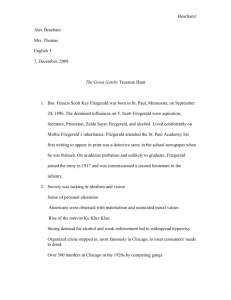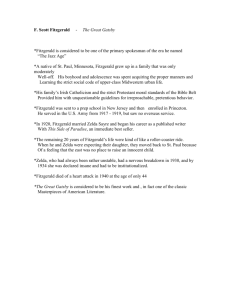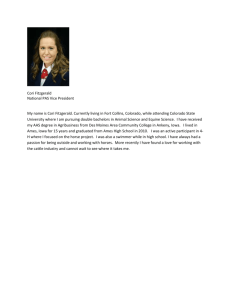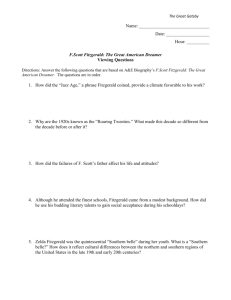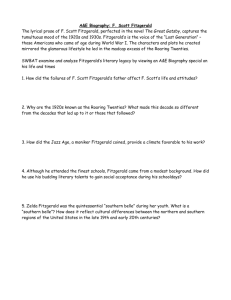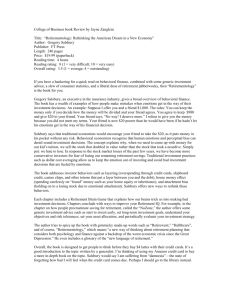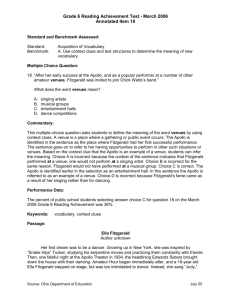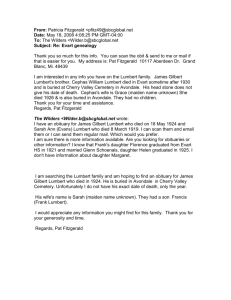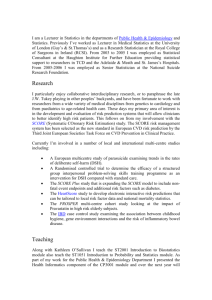Chapter 4
advertisement
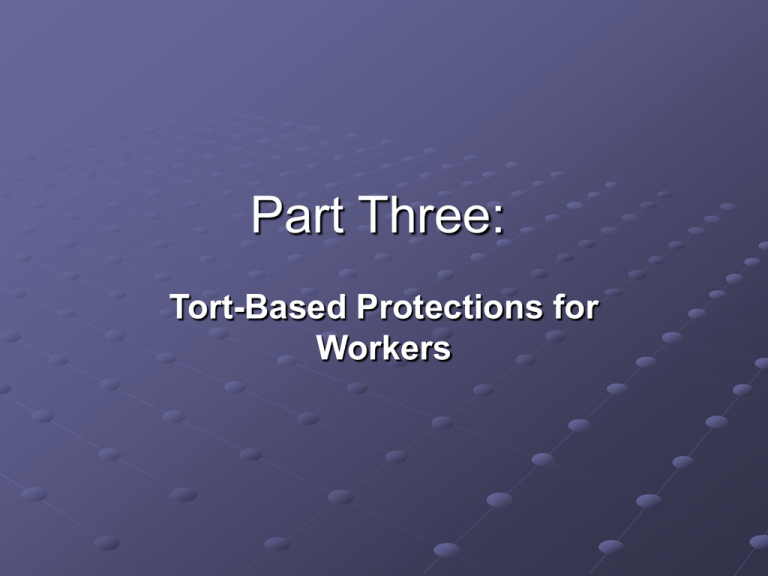
Part Three: Tort-Based Protections for Workers Chapter 4: The Public Policy Exception to the At-Will Rule Fitzgerald v. Salsbury Chemical terminated after his subordinate negligently created dangerous condition. π’s claims he was fired: (1) because he didn’t support the termination; (2) because Δ feared his testimony in subordinate’s threatened legal action. Fitzgerald v. Salsbury Chemical Court’s Analytic Framework Three elements: (1) engagement in “protected activity”; (2) discharge; and (3) causal link: activity discharge. Fitzgerald v. Salsbury Chemical Refusal to commit perjury = protected activity Intention to so testify = protected activity Is this pushing the principle too far? Fitzgerald v. Salsbury Chemical Outcome: Summary judgment in Δ’s favor improper π’s claim for the jury. Fitzgerald Notes The public policy tort is widely, but not universally, recognized New York is the major exception But attorneys protected at common law New York, statutes provide niche protections Framing the issue More specific the public policy must be, the rarer the tort Nexus between policy and at-issue conduct Fitzgerald Notes Public policy must protect “the public” Foley v. Interactive: at issue policy was for the protection of the employer Restatement’s focus on harm to “third parties and society” Wrongful discipline or only wrongful discharge? Constructive discharge Reasonable or right? Attorneys – a special case? More protection – Weider v. Skala Less protection – Herbster v. N.A. Co. for Life & Health Ins. Rackley v. Fairview Care Centers

